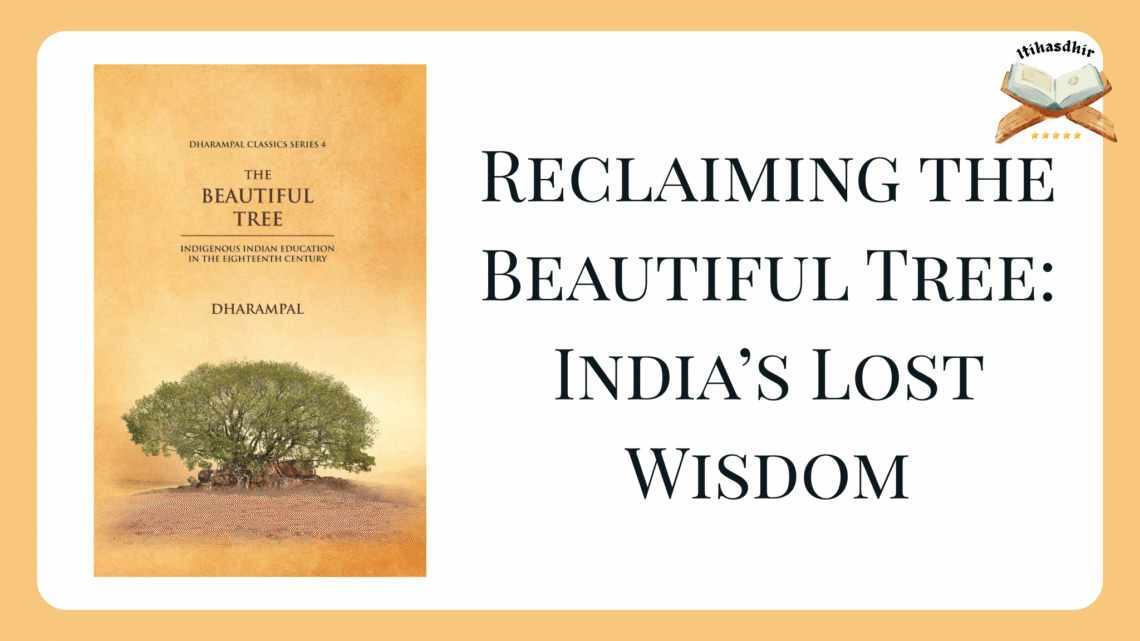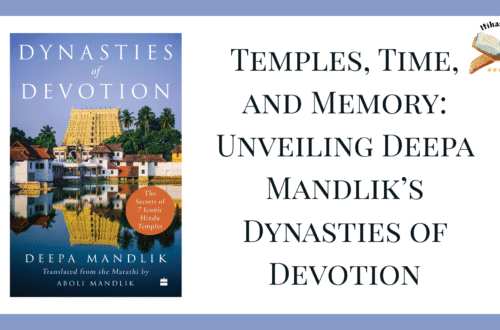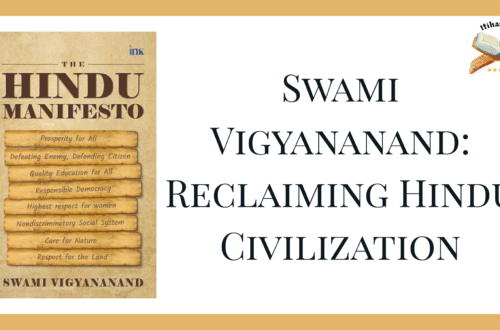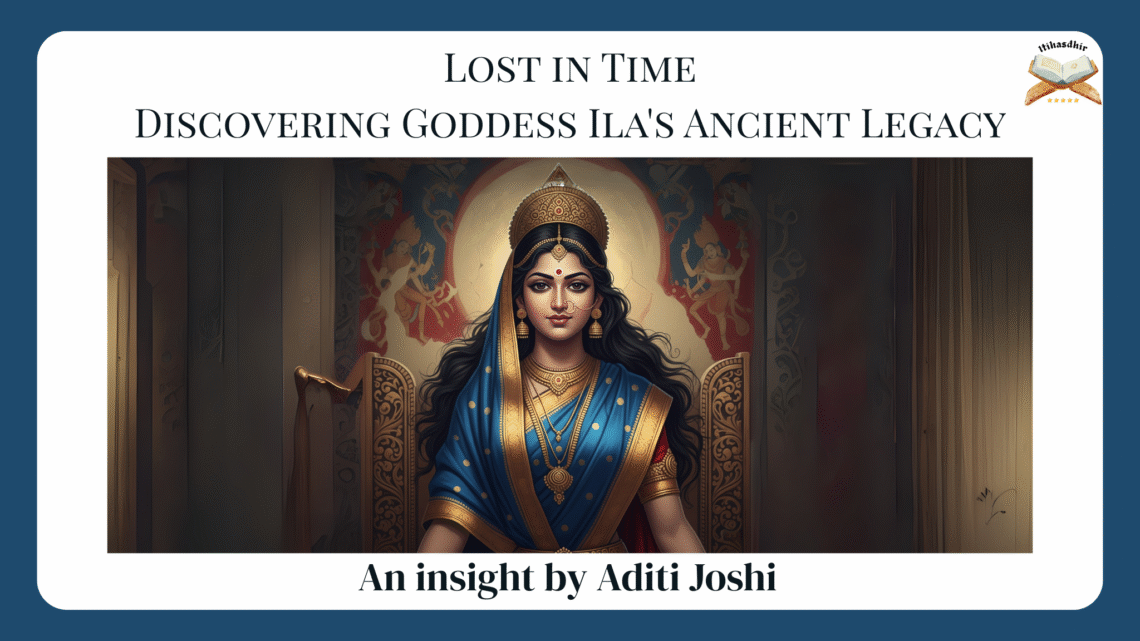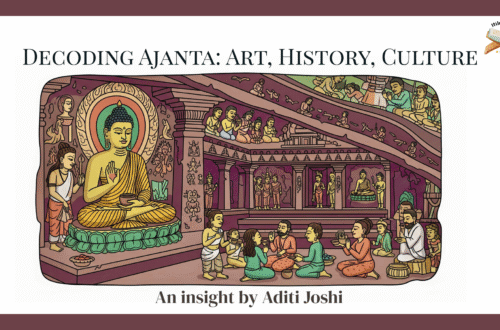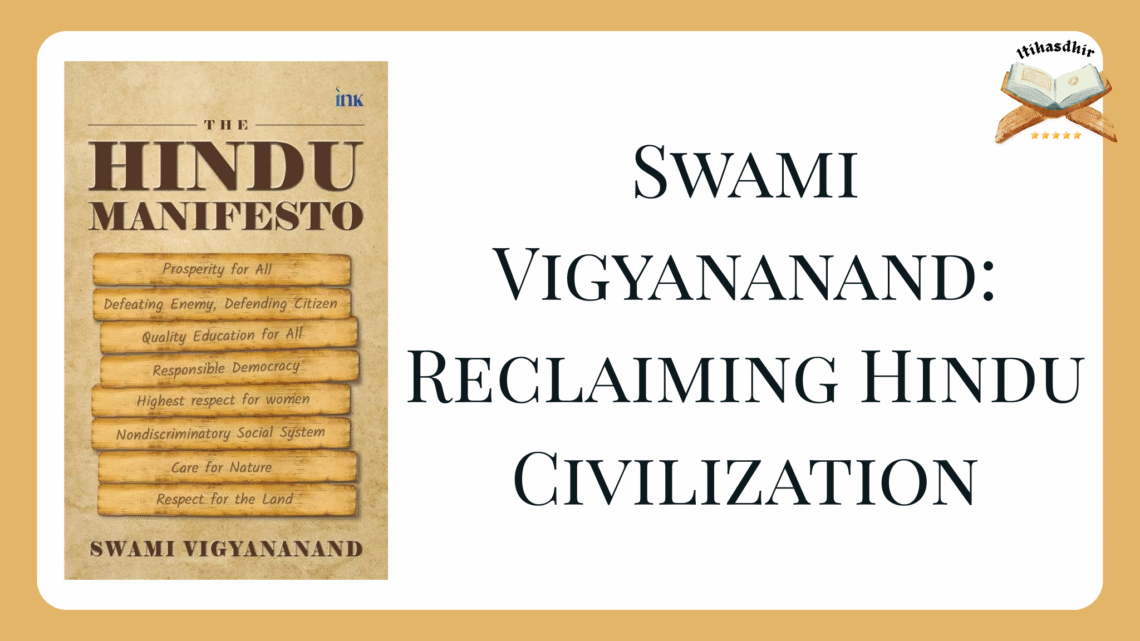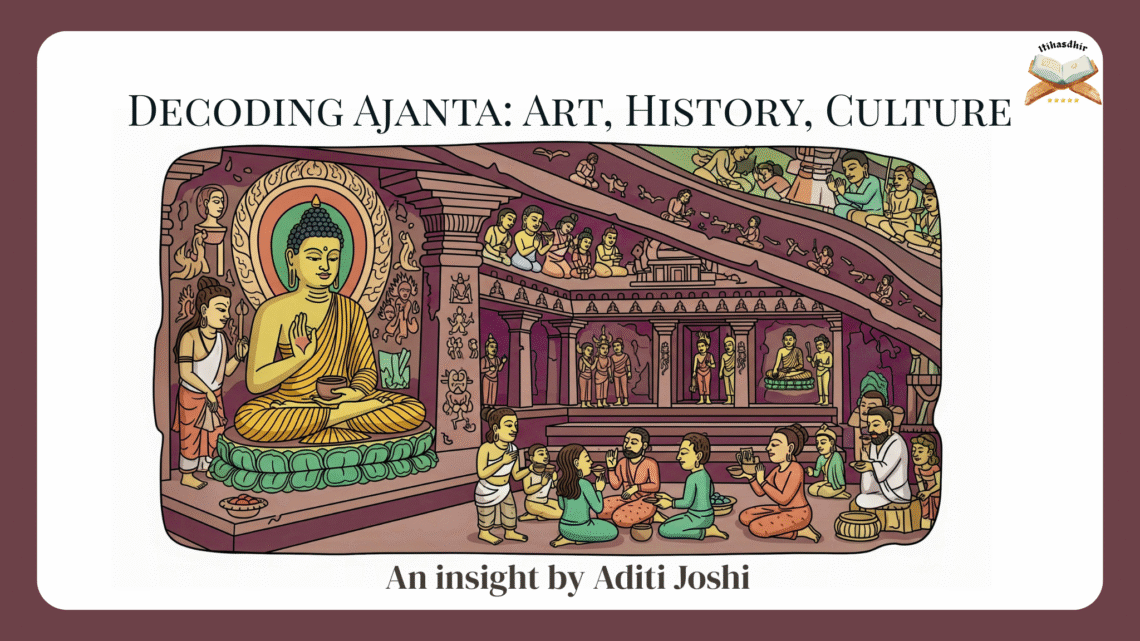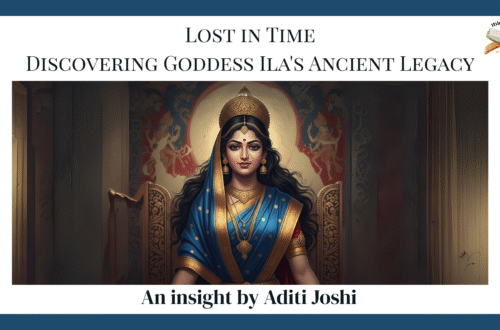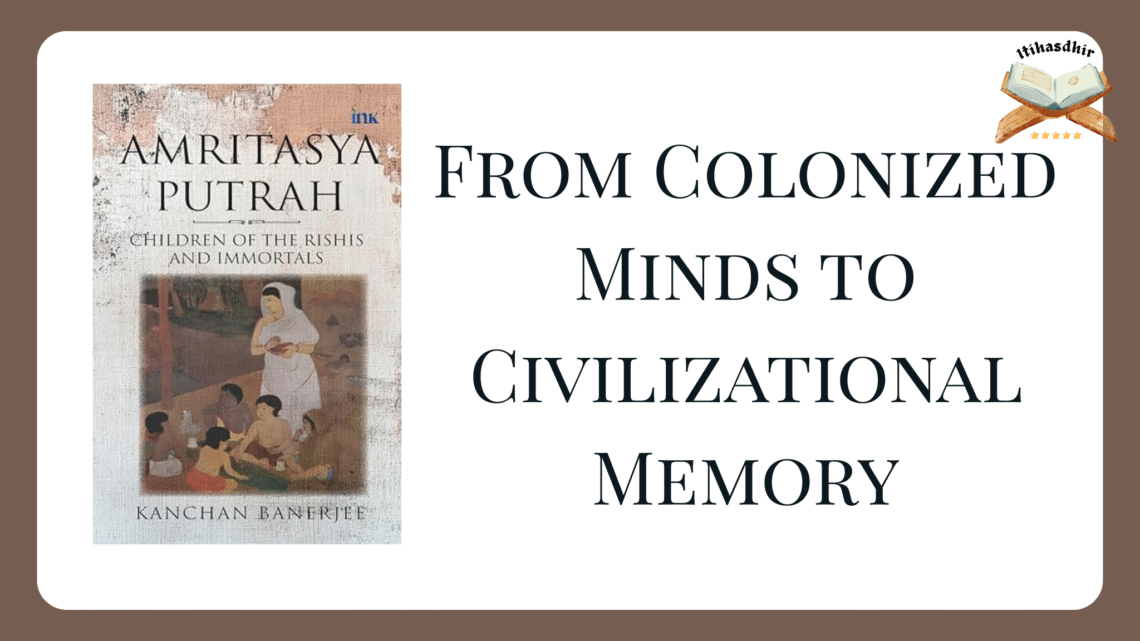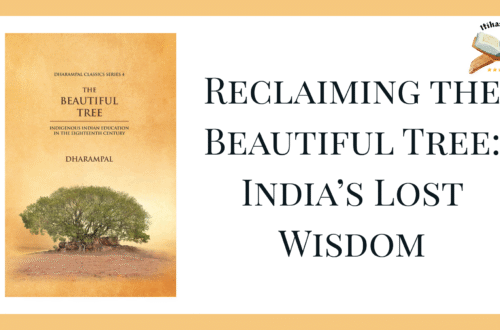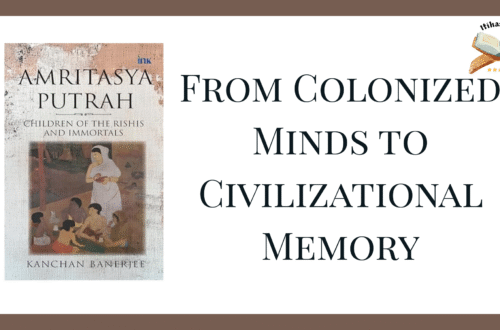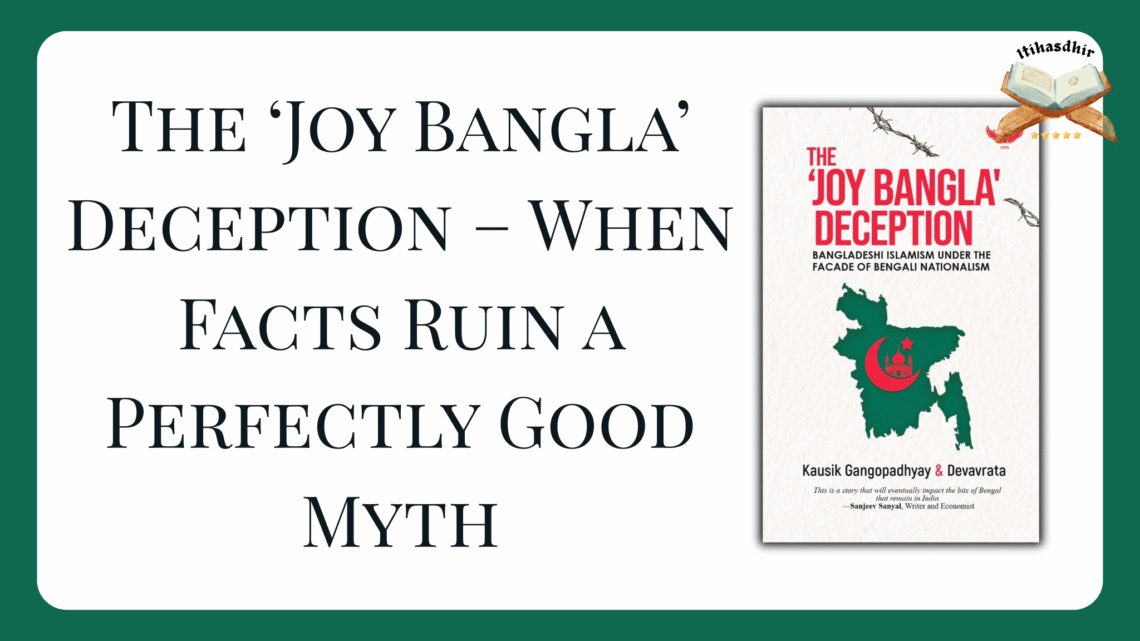-
Uprooting the Beautiful Tree: Dharampal’s Rediscovery of India’s Indigenous Education System
In the landscape of Indian historiography, few interventions have been as intellectually disruptive as Dharampal’s The Beautiful Tree: Indigenous Indian Education in the Eighteenth Century. First published in 1983, this landmark volume mounts a compelling challenge to entrenched colonial narratives that portrayed precolonial India as a civilizational void, bereft of formal education and awaiting the salvific arrival of British modernity. Drawing on archival records and administrative surveys commissioned by the British East India Company, Dharampal meticulously reconstructs an educational ecosystem that was at once decentralized, inclusive, and pedagogically rich. The source materials for Dharampal’s research include extensive data from early nineteenth-century surveys conducted in the Madras, Bombay, and Bengal Presidencies.…
-
Whose History Is She Really Telling? A Critical Look at Romila Thapar’s Marxist Lens
Romila Thapar, long revered within elite academic circles and international liberal platforms as the authoritative voice on Indian historiography, positions her work, Our History, Their History, Whose History?, as an ostensibly impartial inquiry into the political utilization of historical narratives. However, when viewed critically through an Indic right-wing lens, Thapar’s slim but ideologically dense volume emerges less as detached scholarship and more as a carefully orchestrated defense of a Nehruvian-Marxist historiographical paradigm that continues to dominate Indian academia decades after its ideological apex. Central to Thapar’s narrative is the contention that nationalism inherently distorts historical interpretation. Ironically, this critique fails to confront her own implicit nationalist biases favoring the Nehruvian…
-
Goddess Ila: The Forgotten Matriarch of Vedic India
When we begin to trace the origins of Indian civilization, we often encounter a familiar starting point: Manu Vaivasvata, the archetypal progenitor of humankind in the Indic tradition. While he is most famously associated with the Manu Smriti, a text that was redacted and formalized many centuries later during the post-Vedic period, his legacy predates that code by millennia. Manu Vaivasvata is invoked over twenty times across the Vedic corpus, not merely as a mythical patriarch, but as a moral and legal anchor: the first law-giver, the inaugurator of human society (manushya samaj), and a link between the divine and the earthly order. His role is comparable in scope, though…
-
Swami Vigyananand’s “The Hindu Manifesto” Offers a Civilizational Roadmap
There are books that inform, repositories of facts, footnotes, and frameworks.There are books that inspire, kindling within the reader a momentary flame of idealism, a fleeting vision of something greater.And then, there exist those rare and potent texts that do more than inform or inspire, they awaken.They rouse the soul from its civilizational slumber.They summon the dormant spirit of a people long chained by forgetfulness, distortion, and disinheritance. Swami Vigyananand’s The Hindu Manifesto is one such text. It is not merely a political treatise, nor just a spiritual commentary.It is a clarion call sounded across the corridors of time, a conch blown at the cusp of epochs, awakening the memory…
-
The Ajanta Caves: A Multidisciplinary Examination of Indic Civilizational Expression
The Ajanta Caves transcend their conventional categorization as archaeological sites, emerging instead as monumental testaments to the Indic civilizational ethos—where Dharma, aesthetic sophistication, and metaphysical inquiry coalesce into an enduring legacy of visual and architectural brilliance. This essay undertakes a multidisciplinary analysis of Ajanta, exploring its geographic anchoring, historical development, artistic modalities, and broader civilizational significance. I. Geographic and Chronological Contextualization Nestled within the Sahyadri ranges of Maharashtra, the Ajanta Cave complex comprises 30 intricately carved rock-cut monuments arranged in a crescent formation along the Waghora River. The geographical seclusion of these caves contributed to their obscurity for centuries, until their rediscovery in 1819 by a British colonial officer—a moment…
-
A Civilizational Manifesto: Reading Amritasya Putrah by Kanchan Banerjee
In an era marked by cultural amnesia and spiritual disorientation, Amritasya Putrah by Kanchan Banerjee arrives not merely as a book, but as a civilizational invocation, a reminder that India is not merely a geopolitical construct but a living, breathing samskriti, whose soul has been nourished for millennia by the chants of the Vedas, the wisdom of the Upanishads, and the tapasya of countless rishis. The title, drawn from the Upanishadic mahāvākya, “Shrinwantu vishwe amritasya putrah” (“Listen, O Children of Immortality”), is not a poetic flourish, but a call to reawaken the sacred identity that lies dormant beneath centuries of conquest, colonization, and confusion. Banerjee does not write as a…
-
No Return Ticket: Exile of Asha and the Empire’s Silence
“Some ships don’t return. Neither do some girls.” Uma Lohray’s debut novel, The One-Way Ships, doesn’t arrive with fanfare or scream for your attention. Instead, it stays, like a low tide that never quite recedes, leaving behind salt, silt, and silence. This is not a page-turner; it’s a page-sojourner. It lingers. It leans. It listens, to the overlooked stories of Indian ayahs shipped across the seas during the British Raj. Raised to cradle colonial children, many of these women were quietly abandoned. Forgotten. If that opening line doesn’t leave a mark, wait until you live through Asha’s. Threadbare Truths, Tenderly Told Lohray dares what Indian fiction seldom attempts, she zooms…
-
The Great Betrayal: Sita Ram Goel’s Exposé on India’s Secular Façade
In the grand theatre of post-independence Indian political discourse, few words enjoy as much sanctity, and as much ambiguity, as “secularism.” Brandished as a talisman of modernity, inclusivity, and national unity, secularism occupies an untouchable moral space in the republic’s ideological architecture. But what if this sacred principle has been, in practice, a mask for majoritarian disempowerment, a conduit for civilizational erasure, and a lever for political duplicity? This is the argument, indeed, the warning, laid out with clinical precision and moral courage by the late Sita Ram Goel in his seminal work, India’s Secularism: New Name for National Subversion. First published in 1993, the book remains as urgent today…
-
Splendours of Royal Mysore by Vikram Sampath, the Court Chronicler of the 21st Century
When royalty needed a biographer six centuries later, Vikram Sampath rose gallantly to the occasion. Vikram Sampath, for those who don’t know, is not your average historian droning on about “subaltern agency” in a beige lecture hall. No—he is a historian with flair, drama, and the distinct sense that he may have missed his calling as a royal archivist in a parallel 18th-century Mysore. With a background in engineering, finance, and Carnatic music (because why not?), Sampath took it upon himself to exhume the largely neglected Wodeyar dynasty and give them the full ceremonial welcome history denied them. He does not merely write history; he resurrects it, applies sandalwood paste,…
-
The ‘Joy Bangla’ Deception – When Facts Ruin a Perfectly Good Myth
Ah yes, Joy Bangla — that glorious slogan of liberation, unity, and secular idealism. The golden chant that promised a utopia of linguistic harmony, free from the tyranny of religion. Or so we were told. Then along comes Prof. Kausik Gangopadhyay, wielding something utterly outrageous: data. And logic. And historical evidence. Honestly, the nerve of this man. In The ‘Joy Bangla’ Deception, Gangopadhyay does the unthinkable. He suggests that maybe, just maybe, the entire romanticised narrative of Bangladesh’s secular birth is a wee bit overstated. Heresy, I know. He dares to point out that the movement which began as a fight for linguistic rights quickly shapeshifted into a comfortable cover…

